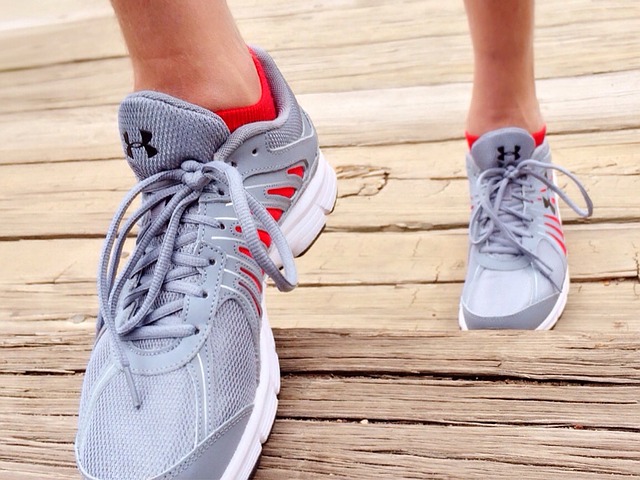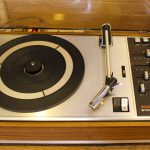The secret to healthy ageing is exercise. It is a good idea to start exercising if you have disability, injury, diabetes or even weight issue. Exercising could really be quite challenging as you grow old. Ongoing health issues, injuries and illnesses may make you feel discouraged.
You may be thinking that you are too frail or old to exercise. You may perhaps be of the opinion that exercise is not meant for you or it is plain boring. All care homes including any reputed care home Ashborne, usually, recommend regular exercise for older people to stay fit and active.
Need for Exercising?
Exercise could be helpful in uplifting your mood, relieving stress, assisting you in managing symptoms of pain and illness and enhancing overall well-being. Regular exercising is the secret to staying healthy, strong and energetic as you grow older each day. Exercising could mean a lot of fun in you are able to find like-minded partners to exercise with.
Exercising could be tremendously beneficial irrespective of one’s age or present physical condition. Exercise does not mean necessarily trips to any gym or strenuous workouts. Exercising at old age is all about adding an extra activity or movement to your everyday life.
How to Get Started?
You must commit to a fitness regime in care home ashbourne, but before getting started make sure to consider safety issues first.
- Get medical clearance first of all, from your doctor before starting a fitness regime.
- Give prime importance to health concerns. If you experience abnormal shortness of breath or any sharp pain, you may require to stop or scale back.
- Building up an exercise program slowly little by little is the best way.
- Try to stay committed to a fitness regime for at least a month so that you develop a habit.
- Focus on short-term fitness objectives and stay motivated.
- Start doing cardio workouts including stair climbing, walking, hiking, rowing, swimming etc. Cardio is the most essential building block of health and fitness at old age. Cardio helps to alleviate shortness of breath and fatigue issues. Promotes independence and self-sufficiency by enhancing endurance toward daily tasks such as house cleaning, walking and errands.
- Include strength training in your fitness routine as it enhances balance and boosts muscles-both are essential for avoiding falls and staying active.
- Do power training as it would enhance your speed especially, while you are crossing the road, climbing onto and out of a vehicle, opening a jar or lifting objects.
- Enhance your flexibility by doing yoga. Yoga is good for keeping your joints and muscles supple. You become less susceptible to injury. This immensely helps in performing regular activities well even at old age. You would be able to look behind comfortably, while driving, tie shoe laces easily, shampoo your hair easily and play with your favourite grandchildren.
- Do Tai Chi, Yoga, posture and balance exercises to reduce risk of falling.
- There are many chair-bound exercises for very old individuals to keep them fit and relatively active.
- Enhancing range of motion by bending and twisting, breathing and stretching etc. is a good idea.
- You could perform some exercises by lying down as well.
- Wheelchair-bound elderly individuals could try out pool-therapy programs. Moreover, wheelchair-training machines are useful in making rowing and arm-bicycling possible.

How to Exercise When You Get Older? by John Dever is licensed under a Creative Commons Attribution 3.0 Unported License.
Based on a work at http://www.articlesbase.com/home-and-family-articles/how-to-exercise-when-you-get-older-7400567.html.














Leave a Reply